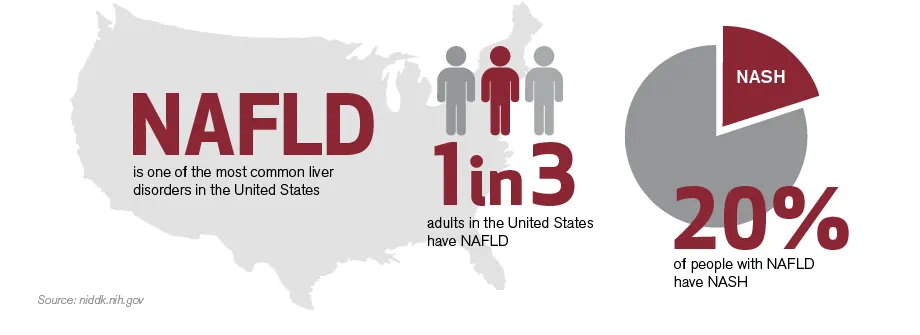
Identifying High-Risk Patients with Nonalcoholic Steatohepatitis
Identifying High-Risk Patients with Nonalcoholic Steatohepatitis

Nearly one in three people has nonalcoholic fatty liver disease, or excess fat in the liver, which may stem from genetic or lifestyle-related causes. A small subset (about 5%) of these patients progresses from nonalcoholic steatohepatitis (NASH), or inflammation of this excess fat, to fibrosis or cirrhosis.
Prognostic markers to help physicians identify patients at high risk for progressing to these more severe conditions are currently lacking but urgently needed. David W. Victor III, MD, Associate Professor of Clinical Medicine, and his team in the Metabolic Liver Disease clinic provide comprehensive care for patients with all stages of nonalcoholic fatty liver disease, and they are leading several innovative initiatives to identify high-risk patients for early intervention.
David W. Victor III, MD, Associate Professor of Clinical Medicine
Dr. Victor’s team is deploying MRI, ultrasound, and transient elastography imaging to non-invasively test for fibrosis and monitor disease progression to establish a signature for high-risk patients. Dr. Victor is also working with the HMH primary care physicians to enhance the use of the Fibrosis-4 (FIB-4) index, which uses patient age and routine laboratory measures to calculate a prognostic score for advanced liver fibrosis. Given that there is no FDA-approved therapy for NASH, the team is also offering selected patients opportunities to participate in experimental clinical trials for new medical therapies.





